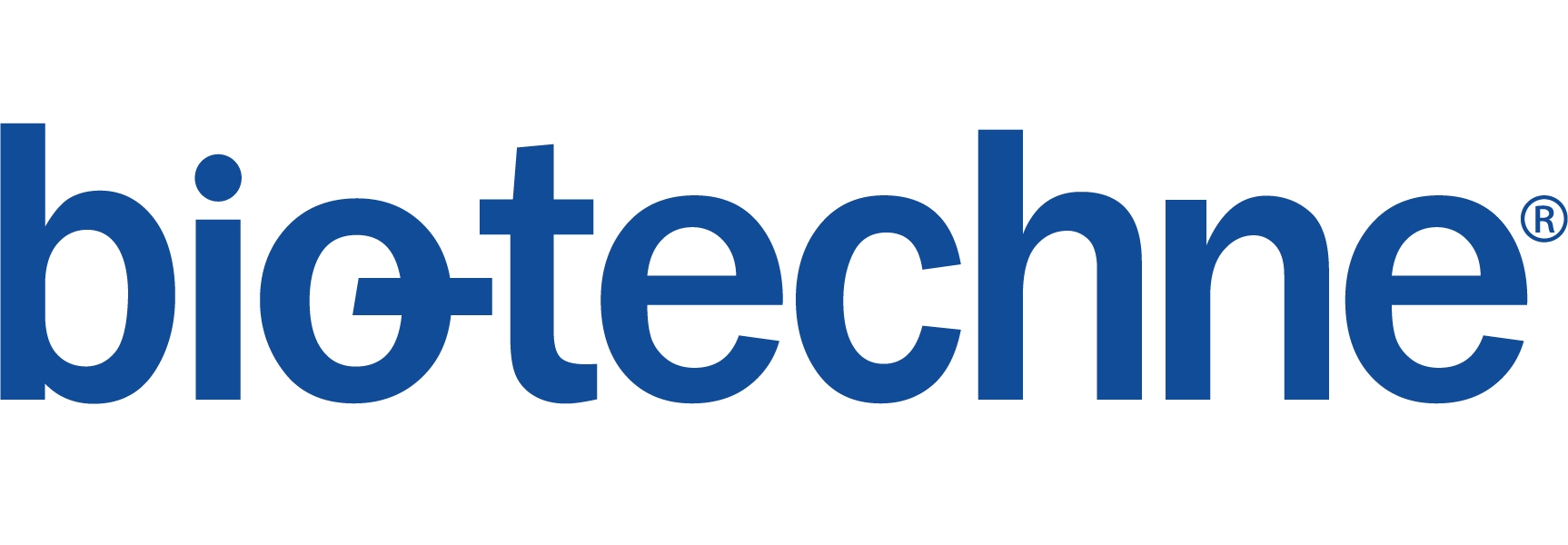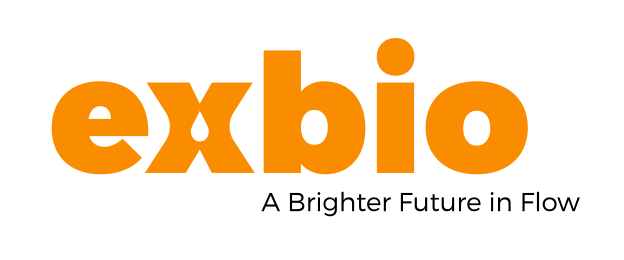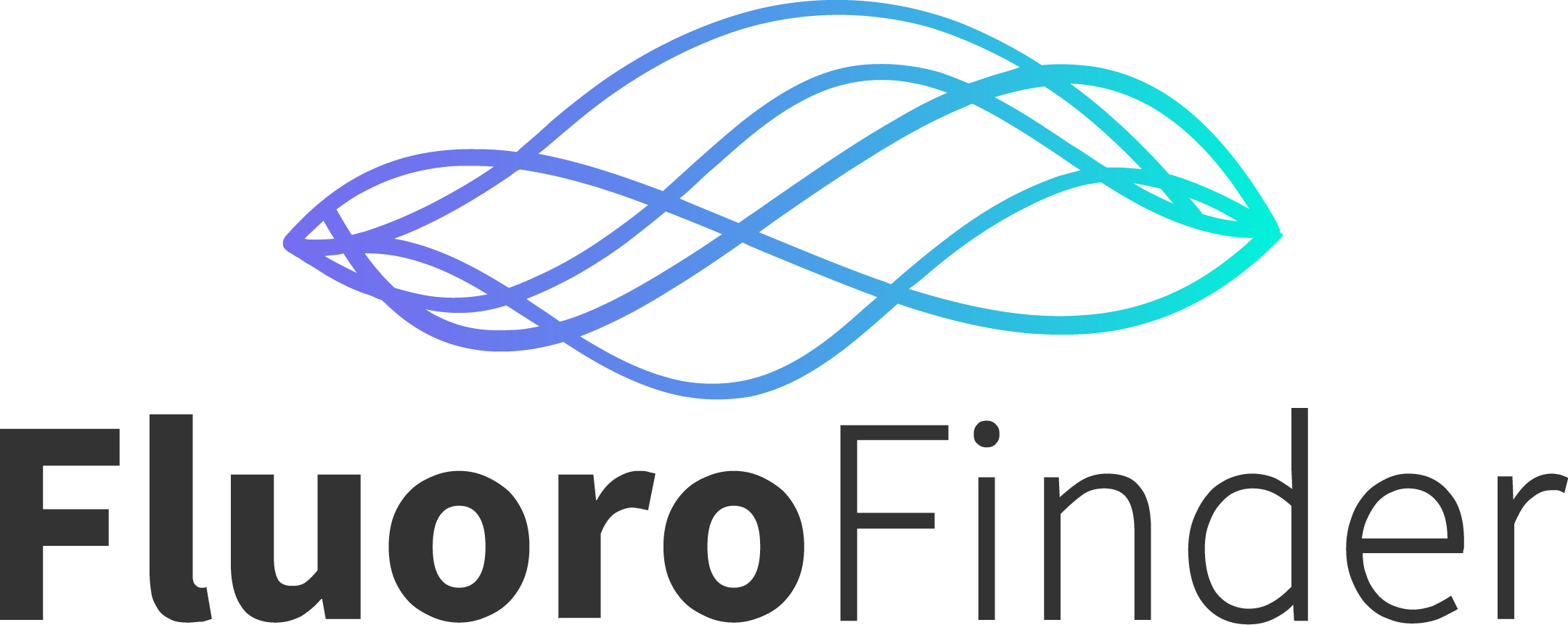-
GENE_NAME : CD4
CD_NAME : CD4
DESC: CD4 antigen (p55)
OTH_NAMES: noneCLONE_NAME ISO_TYPE SUBMITTER AVAILABLE_FROM OKT4 IgG2b Ortho Thermo Fisher Scientific 13B8.2 IgG1 Tinsley Novus Biologicals EDU-2 IgG Tinsley Novus Biologicals M-T310 IgG1 Tinsley Novus Biologicals RPA-T4 IgG1k Bonnevier R&D Systems RPA-T4 IgG1k Tinsley Novus Biologicals RPA-T4 IgG1k Aversa BioLegend RPA-T4 IgG1k Aversa AbD Serotec RPA-T4 IgG1k Aversa Thermo Fisher Scientific OKT4 BioLegend EDU-2 Mouse IgG2a kappa EXBIO Praha MEM-115 Mouse IgG2a Horejsi EXBIO Praha MEM-16 Mouse IgM Horejsi EXBIO Praha MEM-241 Mouse IgG1 Horejsi EXBIO Praha -
CLONE_NAME ISO_TYPE SUBMITTER AVAILABLE_FROM 8F4 IgG1 Foster 13B8.2 IgG1 Mawas 16H5 IgG1 Emmrich 66.1 IgM Martin PJ 91d6 IgG2a Szer IS 94b1 IgG2a Winchester 177F27 IgG1 Genetet 193-19 IgG1 Vilella anti-T4 IgG2a Amador B-A1 IgG2a Wijdenes B-F5 IgG1 Wijdenes BL4 IgG2a Brochier BL-TH4 IgM Fiebig BL-TH4/2 IgG Fiebig BW264/123 IgM Kurrle CD4-4D7 IgG2a Knapp CLB-T4/1 unknown Tetteroo CTAG-CD4, S3.5 IgG2a Johnson EDU-2 IgG Vilella F101-5 unknown Poncelet F101-69 (S-T4) unknown Poncelet F111-364 IgG1 Carriere F142-63 IgG1 Carriere G19-2 IgG1 Ledbetter HIT4a IgG2b Shen HIT4b unknown Shen HP2/6 IgG2a Sanchez-Madrid ICO-86 IgG1 Baryshnikov IP34 IgM Bensussan J5-19 IgG1 Pesando L3 IgG1 Kikuchi Leu-3a IgG1k Evans LT4 IgG1 Filatov M-T151 IgG2a Rieber M-T310 IgG1 Rieber M-T321 IgG1 Rieber M-T404 IgG1 Rieber M-T405 IgG1 Rieber M-T406 IgG2a Rieber MEM-16 IgM Horejsi MEM-115 IgG2a Horejsi MEM-241 IgG1 Suchanek NU-Th/i IgG1 Yokoyama O516 unknown Boumsell OKT4 IgG2b Ortho Thermo Fisher Scientific OKT4A unknown Connelly Q4120 IgG1 More R2B7 IgG2a Foster RPA-T4 IgG1k Aversa T4 IgG1 Reinherz T4 /7T4-6C1 IgM Reinherz T4 /12T4D11 IgG1 Reinherz T4 /18T3A9 IgG1 Reinherz T4 /19THY5D7 IgG2 Reinherz T4a IgG2a Yan Bai TXU-5, B53 IgG1 Uckun VIT4 unknown Knapp 13B8.2 IgG1 Tinsley Novus Biologicals EDU-2 IgG Tinsley Novus Biologicals M-T310 IgG1 Tinsley Novus Biologicals RPA-T4 IgG1k Bonnevier R&D Systems RPA-T4 IgG1k Tinsley Novus Biologicals RPA-T4 IgG1k Aversa BioLegend RPA-T4 IgG1k Aversa AbD Serotec RPA-T4 IgG1k Aversa Thermo Fisher Scientific OKT4 BioLegend EDU-2 Mouse IgG2a kappa EXBIO Praha MEM-115 Mouse IgG2a Horejsi EXBIO Praha MEM-16 Mouse IgM Horejsi EXBIO Praha MEM-241 Mouse IgG1 Horejsi EXBIO Praha -
STRUCTURE
CD4 is a type 1 transmembrane glycoprotein of the Ig superfamily. The extracellular domain contains 4 Ig-like domains and is followed by a transmembrane domain.1-3 CD4 has a cytoplasmic tail located in the N-terminal region with a CXCP motif for signalling.1,3
- Maddon PJ, Littman DR, Godfrey M, Maddon DE, Chess L, Axel R. The isolation and nucleotide sequence of a cDNA encoding the T cell surface protein T4: a new member of the immunoglobulin gene family. Cell. 1985;42:93-104.
- Harrison SC, Wang J, Yan Y, Garrett T, Liu J, Moebius U, Reinherz E. Structure and Interactions of CD4. Cold Spring Harb Symp Quant Biol. 1992;57:541-548.
- Bowers K, Pitcher C, Marsh M. CD4: a co-receptor in the immune response and HIV infection. Int J Biochem Cell Biol. 1997;29:871-5.
-
LIGANDS
Extracellular
MHC class II1, gp120 protein of HIV2, gp110 of Human T-lymphotropic virus type III and lymphadenopathy-associated virus3, gp174, IL-165-6 and protein-disulfide isomerase.7
Intracellular associate molecules
Focal adhesion kinase8, ACP339, lck10 and LAT.11
- Doyle C, Strominger JL. Interaction between CD4 and class II MHC molecules mediates cell adhesion. Nature. 1987;330:256-9.
- McDougal JS, Kennedy MS, Sligh JM, Cort SP, Mawle A, Nicholson JK. Binding of HTLV-III/LAV to T4+ T cells by a complex of the 110K viral protein and the T4 molecule. Science. 1986;231:382-5.
- McDougal JS, Kennedy MS, Sligh JM, Cort SP, Mawle A, Nicholson JK. Binding of HTLV-III/LAV to T4+ T cells by a complex of the 110K viral protein and the T4 molecule. Science. 1986;231:382-5.
- Autiero M, Abrescia P, Guardiola J. Interaction of seminal plasma proteins with cell surface antigens: presence of a CD4-binding glycoprotein in humanseminal plasma. Exp Cell Res. 1991;197:268-71.
- Liu Y, Cruikshank WW, O'Loughlin T, O'Reilly P, Center DM, Kornfeld H. Identification of a CD4 domain required for interleukin-16 binding and lymphocyte activation. J Biol Chem. 1999;274:23387-95.
- Cruikshank WW, Greenstein JL, Theodore AC, Center DM. Lymphocyte chemoattractant factor induces CD4-dependent intracytoplasmic signaling in lymphocytes. J Immunol. 1991;146:2928-34.
- Gallina A, Hanley TM, Mandel R, Trahey M, Broder CC, Viglianti GA, Ryser HJ. Inhibitors of protein-disulfide isomerase prevent cleavage of disulfide bonds in receptor-bound glycoprotein 120 and prevent HIV-1 entry. J Biol Chem. 2002;277:50579-88.
- Garron ML, Arthos J, Guichou JF, McNally J, Cicala C, Arold ST. Structural basis for the interaction between focal adhesion kinase and CD4. J Mol Biol. 2008;375:1320-8.
- Zeitlmann L, Sirim P, Kremmer E, Kolanus W. Cloning of ACP33 as a novel intracellular ligand of CD4. J Biol Chem. 2001;276:9123-32.
- Veillette A, Bookman MA, Horak EM, Bolen JB. The CD4 and CD8 T cell surface antigens are associated with the internal membrane tyrosine-protein kinase p56lck. Cell. 1988;55:301-8.
- Bosselut R, Zhang W, Ashe JM, Kopacz JL, Samelson LE, Singer A. Association of the adaptor molecule LAT with CD4 and CD8 coreceptors identifies a new coreceptor function in T cell receptor signal transduction. J Exp Med. 1999;190:1517-26.
-
GENE_NAME : CD4
CD_NAME : CD4
CD4 is expressed on T helper cells and thymocytes.1 It is also expressed on dendritic cells2, NK3, monocytes4, macrophages4, neutrophils5 and eosinophils.6
- Ellmeier W, Haust L, Tschismarov R. Transcriptional control of CD4 and CD8 coreceptor expression during T cell development. Cell Mol Life Sci. 2013;70:4537-53.
- Patterson S, Gross J, English N, Stackpoole A, Bedford P, Knight SC. CD4 expression on dendritic cells and their infection by human immunodeficiency virus. J Gen Virol. 1995;76:1155-63.
- Bernstein HB, Plasterer MC, Schiff SE, Kitchen CM, Kitchen S, Zack JA. CD4 expression on activated NK cells: ligation of CD4 induces cytokine expression and cell migration. J Immunol. 2006;177:3669-76.
- Kazazi F, Mathijs JM, Foley P, Cunningham AL. Variations in CD4 expression by human monocytes and macrophages and their relationships to infection with the human immunodeficiency virus. J Gen Virol. 1989;70:2661-72.
- Biswas P, Mantelli B, Sica A, Malnati M, Panzeri C, Saccani A, Hasson H, Vecchi A, Saniabadi A, Lusso P, Lazzarin A, Beretta A. Expression of CD4 on human peripheral blood neutrophils. Blood. 2003;101:4452-6.
- Lucey DR, Dorsky DI, Nicholson-Weller A, Weller PF. Human eosinophils express CD4 protein and bind human immunodeficiency virus 1 gp120. J Exp Med. 1989;169:327-32.
-
GENE_NAME : CD4
CD_NAME : CD4
Through its interaction with MHC class II, CD4 is involved in thymic selection as well as Th cell activation and differentiation.1-3 Interaction with gp17 inhibits CD4/TCR-mediated T-cell apoptosis.4 CD4 is involved in IL16 T-cell migration and RANTES/eotaxin release from eosinophils.5-6 CD4 also modulates cytokine secretion and migration of NK cells.7
- Riberdy JM, Mostaghel E, Doyle C. Disruption of the CD4-major histocompatibility complex class II interaction blocks the development of CD4(+) T cells in vivo. Proc Natl Acad Sci U S A. 1998;95:4493-8.
- Gay D, Maddon P, Sekaly R, Talle MA, Godfrey M, Long E, Goldstein G, Chess L, Axel R, Kappler J, et al. Functional interaction between human T-cell protein CD4 and the major histocompatibility complex HLA-DR antigen. Nature. 1987;328:626-9.
- Fowell DJ, Magram J, Turck CW, Killeen N, Locksley RM. Impaired Th2 subset development in the absence of CD4. Immunity. 1997;6:559-69.
- Gaubin M, Autiero M, Basmaciogullari S, Métivier D, Mis hal Z, Culerrier R, Oudin A, Guardiola J, Piatier-Tonneau D. Potent inhibition of CD4/TCR-mediated T cell apoptosis by a CD4-binding glycoprotein secreted from breast tumor and seminal vesicle cells. J Immunol. 1999;162:2631-8.
- Lynch EA, Heijens CA, Horst NF, Center DM, Cruikshank WW. Cutting edge: IL-16/CD4 preferentially induces Th1 cell migration: requirement of CCR5. J Immunol. 2003;171:4965-8.
- Bandeira-Melo C, Sugiyama K, Woods LJ, Phoofolo M, Center DM, Cruikshank WW, Weller PF. IL-16 promotes leukotriene C(4) and IL-4 release from human eosinophils via CD4- and autocrine CCR3-chemokine-mediated signaling. J Immunol. 2002;168:4756-63.
- Bernstein HB, Plasterer MC, Schiff SE, Kitchen CM, Kitchen S, Zack JA. CD4 expression on activated NK cells: ligation of CD4 induces cytokine expression and cell migration. J Immunol. 2006;177:3669-76.
-
GENE_NAME : CD4
CD_NAME : CD4
Cell marker
Useful as a marker of lymphocytes T helper. CD4 cell counts are used to monitor progression in AIDS1 and could be used to identify immunocompromised patients susceptible to Pneumocystis jirovecii pneumonia.2
- Phillips AN, Lee CA, Elford J, Janossy G, Timms A, Bofill M, Kernoff PB. Serial CD4 lymphocyte counts and development of AIDS. Lancet. 1991;337:389-92.
- Messiaen PE, Cuyx S, Dejagere T, van der Hilst JC. The role of CD4 cell count as discriminatory measure to guide chemoprophylaxis against Pneumocystis jirovecii pneumonia in human immunodeficiency virus-negative immunocompromised patients: A systematic review. Transpl Infect Dis. 2017;19.
Therapeutic
Ibalizumab (TNX-355) is a humanized monoclonal antibody against CD4 that has been studied for the treatment of HIV-1 infection.1 A phase III study of Ibalizumab has been successfully completed and is currently waiting for FDA approval.
HuMax-CD4 (zanolimumab) is also a human monoclonal antibody against CD4. It has been studied for the treatment of cutaneous and non-cutaneous T-cell lymphoma2-3, mycosis fungoides4 and rheumatoid arthritis in phase II/III clinical trials.5 HuMax-CD4 was awarded Fast Tract candidate for the treatment of cutaneous T-cell lymphoma and Orphan drug for mycosis fungoides by the FDA.6
Tregalizumab (BT-061) is a humanized non-depleting monoclonal antibody against CD4 which is able to activate regulatory T cells.7 Phase two studies of Tregalizumab have been performed in psoriasis8 and rheumatoid arthritis.9
- Reichert JM. Antibodies to watch in 2017. MAbs. 2017;9:167-181.
- ClinicalTrials.gov (NCT00877656) HuMax-CD4 in Non-Cutaneous T-Cell Lymphoma. U.S. National Institutes of Health.
- ClinicalTrials.gov (NCT00071071) Clinical Trial of HuMax-CD4, a New Drug to Treat Early Stage T-Cell Lymphoma in the Skin.U.S. National Institutes of Health.
- ClinicalTrials.gov (NCT00127881) Study of Human Monoclonal Antibody to Treat Mycosis Fungoides and Sezary Syndrome. U.S. National Institutes of Health.
- ClinicalTrials.gov (NCT00042406) Trial With HuMax-CD4 in Patients With Rheumatoid Arthritis Failing Treatment With Methotrexate and a TNF-alpha Blocker. U.S. National Institutes of Health.
- Reichert JM. Antibody-based therapeutics to watch in 2011. MAbs. 2011;3:76-99.
- König M, Rharbaoui F, Aigner S, Dälken B, Schüttrumpf J. Tregalizumab – A Monoclonal Antibody to Target Regulatory T Cells. Front Immunol. 2016 25;7:11.
- ClinicalTrials.gov (NCT01072383) Safety and Efficacy of Multiple Doses of BT061 in Patients With Moderate to Severe Chronic Plaque Psoriasis. U.S. National Institutes of Health.
- ClinicalTrials.gov (NCT01999192) Study to Investigate the Safety and Efficacy of Tregalizumab in Subjects (MTX-IR) With Active Rheumatoid Arthritis. U.S. National Institutes of Health.
-
GENE_NAME : CD4
CD_NAME : CD4
GENERAL_INFORMATION
NCBI_NAME CD4 NCBI_OTHER_NAME none SWISS_NAMES CD4_HUMAN DESC CD4 antigen (p55) LOCUS_INFO_LINKS
HGNC_LOCUS_TAG: 1678 ONLINE_MENDELIAN_INHERITANCE: 186940 NCBI_HOMOLOGENE: 513 NCBI_MAP: 12pter-p12 NCBI_ENTRE_GENE_ENTRY: 920 GENE_SIZE: 31231 EN_GE_EN: MRNA_SEQ_LENGTH: 3084 PRCORENC: 153 to 1529 ENTREN: ENST00000011653 PROTEIN_LENGTH_NCBI_REFSEQ: 459 NCBI_REF_SEF_ENTRY: NP_000607 , 10835167 PROTEIN_LENGTH_SWISPROT: 458 ENSEMBLE_PROT_ENTRY: ENSP00000011653 PR_MO_WEIGHT: 51110 SWPROT_PROTEIN_ENTRY: CD4_HUMAN , P01730 PR_SW_PR: 9.52 IPI_NUMBER: IPI00003983 NCBI_CONSV_DOMAINS: 10835167 ENSM_NUMBER: P01730







